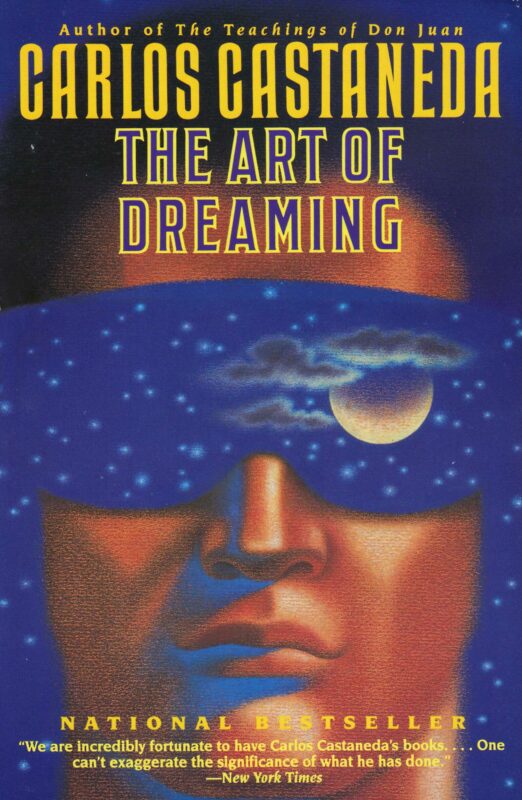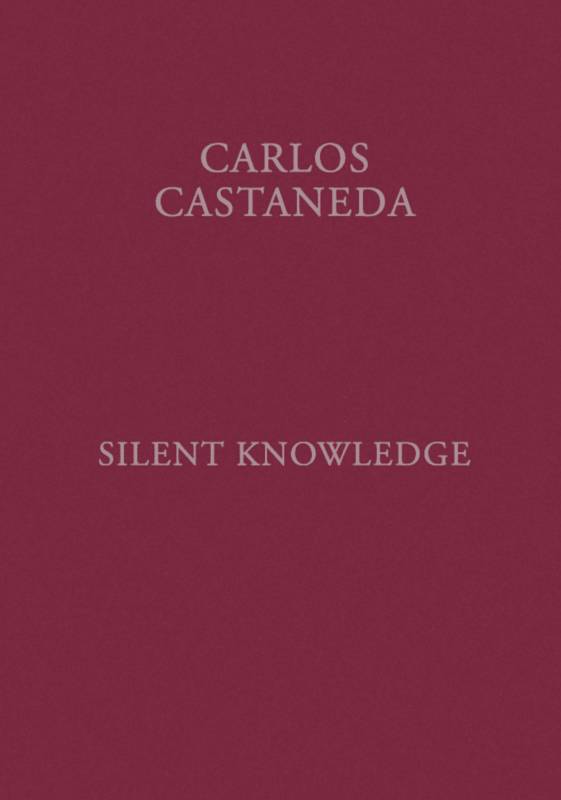The second gate of dreaming – The Art of Dreaming
In this chapter, Carlos Castaneda details his journey through the “second gate of dreaming.” After mastering the first gate by developing his “dreaming attention,” he is instructed by don Juan that the next task is to learn to move from one dream into another. This practice leads him to experience jolts of fear, which don Juan reveals are the initial contacts from conscious, non-biological entities called “inorganic beings.” These beings are attracted to the energy charge created by dreamers. After Castaneda’s dreams become fixated on two candle-shaped inorganic beings, don Juan guides him to confront them in the waking world. Castaneda physically wrestles one of the beings, an act which establishes a “watery” or emotional connection that don Juan warns is dangerous and can lead to dependency, even as it opens the door to forming alliances and exploring other worlds.
The second gate of dreaming – The Art of Dreaming Read More »

